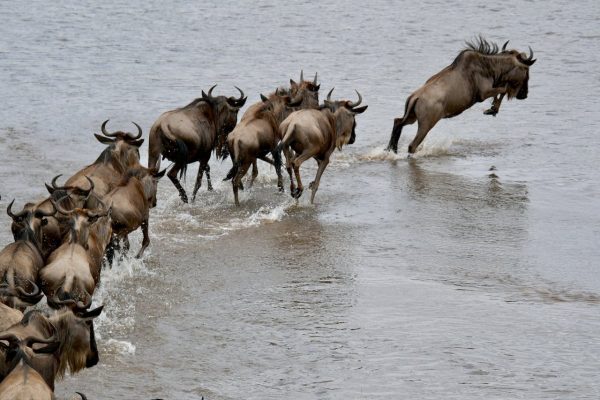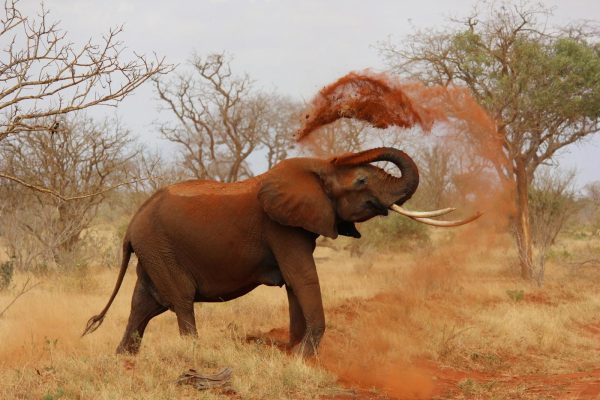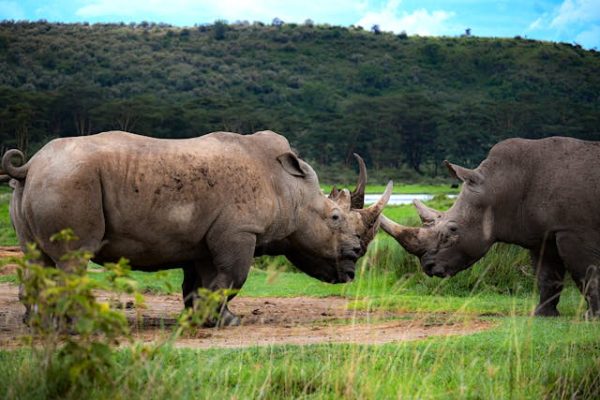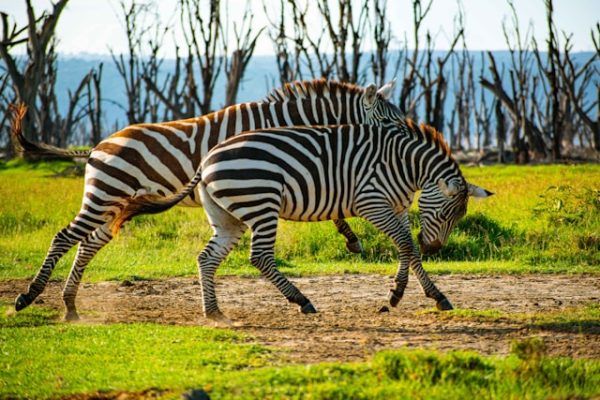Nestled in the southern part of Kenya, near the border with Tanzania, Amboseli National Park is one of Africa’s most iconic and beloved wildlife destinations. Spanning approximately 392 square kilometers (151 square miles), the park is renowned for its breathtaking views of Mount Kilimanjaro, Africa’s highest peak, and its abundant wildlife, particularly its large herds of elephants. Amboseli’s unique combination of stunning landscapes, diverse ecosystems, and rich cultural heritage makes it a must-visit destination for nature enthusiasts and wildlife photographers.
The Landscape and Ecosystems
Amboseli National Park is characterized by its diverse habitats, which include open plains, acacia woodlands, rocky thornbush, swamps, and marshlands. The park’s most distinctive feature is its vast, dry lakebed, Lake Amboseli, which fills with water during the rainy season, attracting a variety of birdlife and other animals. The swamps, fed by underground springs from Kilimanjaro’s melting snow, provide a lush, green oasis in an otherwise arid environment, supporting a wide range of wildlife throughout the year.
The backdrop of Mount Kilimanjaro, often capped with snow, adds a dramatic and picturesque element to the park’s scenery. On clear days, the mountain’s towering presence creates unforgettable vistas, especially at sunrise and sunset, when the light casts a golden glow over the landscape.
Wildlife in Amboseli
Amboseli is famous for its large elephant populations, which are among the most studied in the world. These majestic creatures are often seen roaming the plains, their silhouettes framed against the backdrop of Kilimanjaro. The park’s elephants are known for their impressive tusks, a result of the mineral-rich soil and vegetation in the area.
In addition to elephants, Amboseli is home to a wide variety of wildlife, including lions, cheetahs, hyenas, giraffes, zebras, wildebeests, buffaloes, and hippos. The swamps attract numerous bird species, making it a birdwatcher’s paradise. Over 400 bird species have been recorded in the park, including pelicans, kingfishers, and the endangered Madagascar pond-heron.
Cultural Significance
Amboseli is not only a haven for wildlife but also a region rich in cultural heritage. The park lies within the traditional lands of the Maasai people, a semi-nomadic ethnic group known for their distinctive customs, dress, and close relationship with the land. Visitors to Amboseli often have the opportunity to learn about Maasai culture through guided village visits, where they can witness traditional dances, crafts, and ways of life.
Conservation Efforts
Amboseli National Park plays a crucial role in wildlife conservation in Kenya. The park is part of the larger Amboseli ecosystem, which includes community-owned lands and wildlife corridors that allow animals to migrate freely. Conservation efforts in the area focus on protecting wildlife, particularly elephants, from poaching and habitat loss, while also promoting sustainable tourism that benefits local communities.
Tourism and Activities
Amboseli offers a range of activities for visitors, including game drives, guided nature walks, and birdwatching. The park’s relatively small size makes it easy to explore, and its open plains provide excellent opportunities for wildlife viewing and photography. Many visitors come to Amboseli specifically to capture the iconic image of elephants with Mount Kilimanjaro in the background.
For those seeking a more immersive experience, there are several lodges and campsites within and around the park, ranging from luxury accommodations to budget-friendly options. Night game drives and cultural visits to Maasai villages can also be arranged.
Challenges and the Future
Like many protected areas in Africa, Amboseli faces challenges such as climate change, habitat degradation, and human-wildlife conflict. Prolonged droughts and shrinking water sources threaten the park’s ecosystems, while increasing human settlement and livestock grazing in surrounding areas put pressure on wildlife habitats. Addressing these challenges requires ongoing collaboration between conservation organizations, local communities, and the Kenyan government.
Amboseli National Park is a true gem of Kenya, offering visitors a chance to experience the beauty and diversity of Africa’s wildlife and landscapes. Its iconic views of Mount Kilimanjaro, thriving elephant populations, and rich cultural heritage make it a destination like no other. As efforts continue to protect and preserve this remarkable ecosystem, Amboseli remains a symbol of hope and resilience in the face of environmental challenges, ensuring that future generations can continue to marvel at its wonders.



